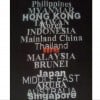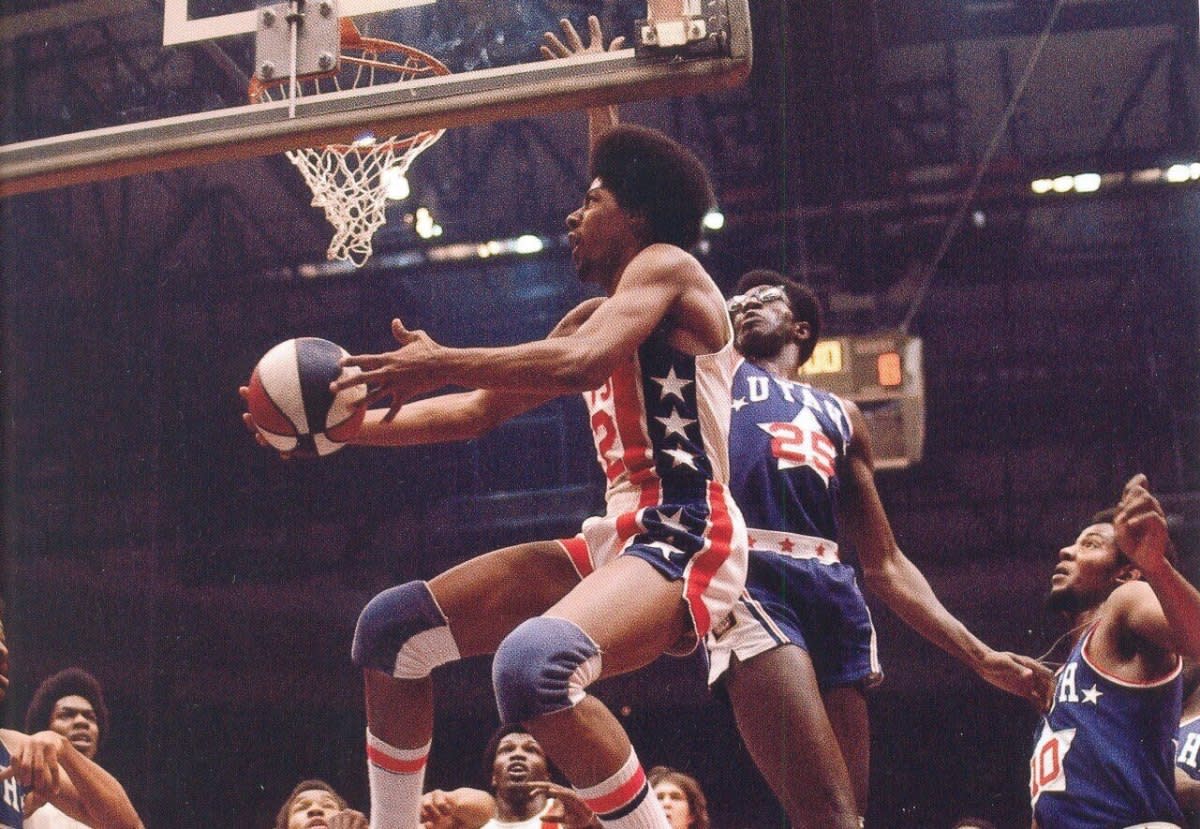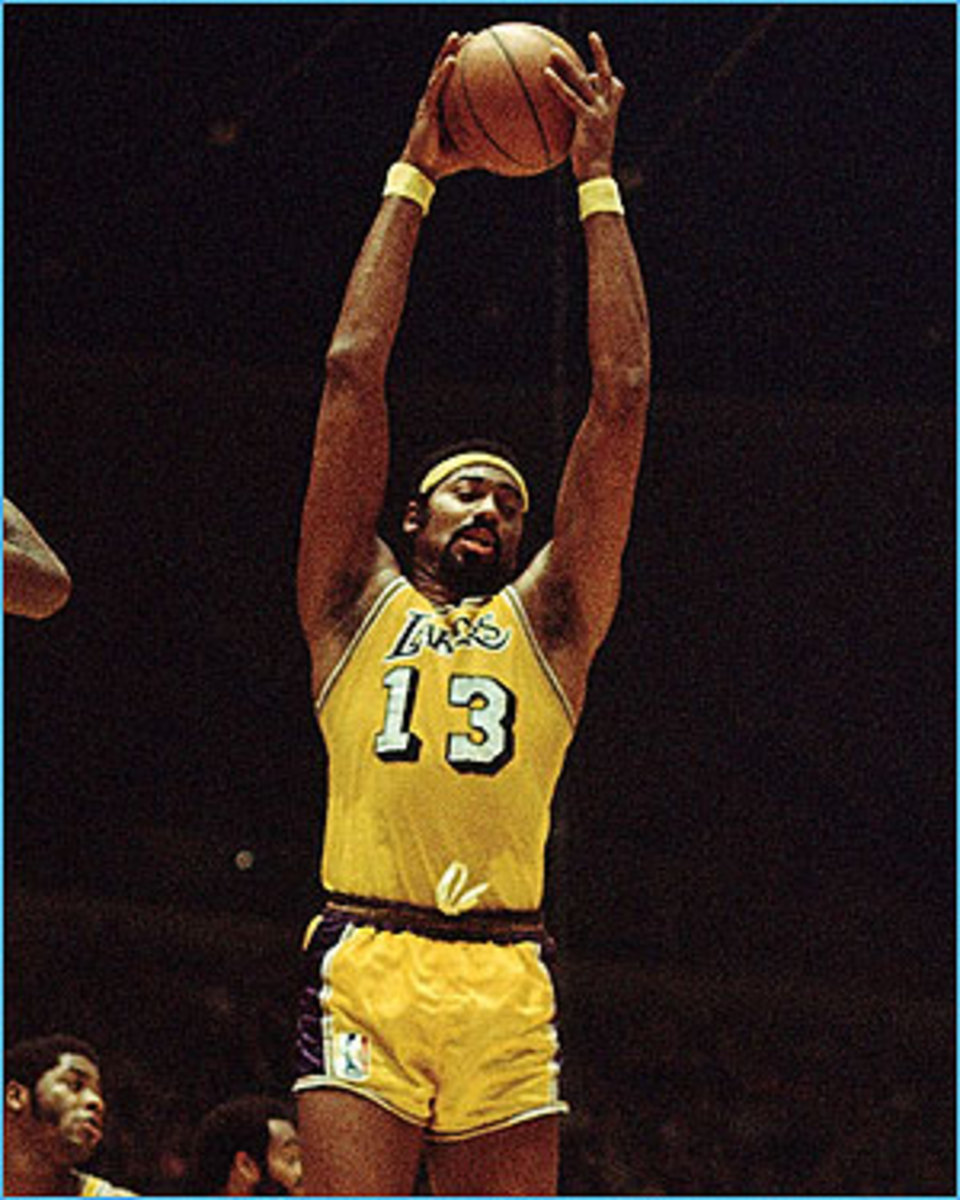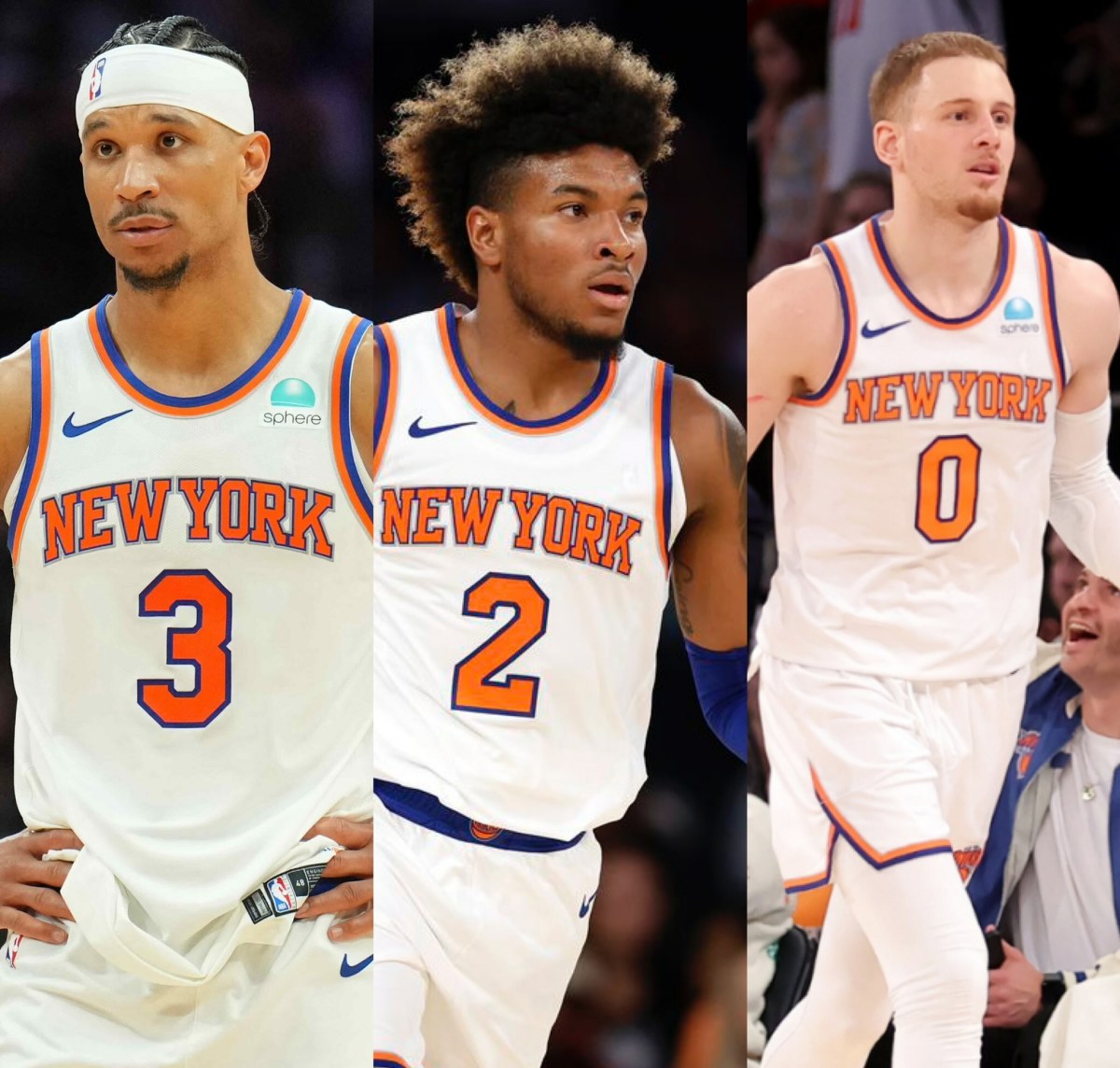Filipinos' Love For Basketball
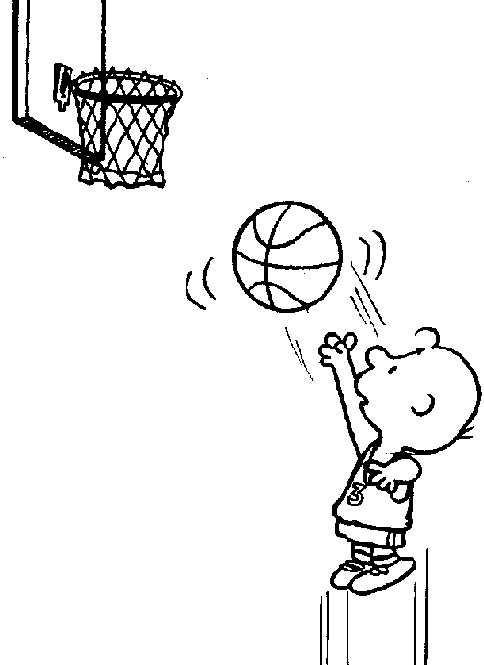
PBA Teams
Pinoy's Love Affair With Basketball
Of all team sports, the closest to the Filipino (and Filipina) heart has always been the sport of Basketball, be it pro basketball, amateur basketball, collegiate sports basketball, three-on-three basketball, street-corner basketball, betting on made shots “piso-piso”, betting on the last-two numbers of the final score “ending”, name it and they would play and/or watch it and/or bet on it.
Again on the surface, there shouldn’t be any logical reason for any of this. And I have tackled this on the other sports (and other things) that Filipinos love and interestingly enough, all of these things start with the letter B.
So why wouldn’t it be logical for Filipinos to love Basketball?
One, the Filipinos are comparatively shorter and built smaller, thinner and lighter than most other people anywhere in the world.
Two, the Philippine National Basketball Team has been mediocre if not laughable for one whole generation now.
Three, there has not been a single player ever to play or ever legitimately considered to play in the NBA or any same caliber league in the world. Well, okay at least not yet.
So where and how did this Filipino love affair with Basketball come about?
So like Boxing and many other sports starting in B, this just didn’t happen without reason. And it all started with the Americans (again) introducing the great sport invented by one of their own (Coach James Naismith) in the Philippines at the turn of the 20th Century.
And this honor is given to the YMCA and Philippine historians tell us that basketball was first played within the historic walls of Intramuros in Manila.
And again as they say, the rest is history, although currently and for many years, Philippine Basketball does look like ancient history.
Olympic Basketball Trivia: A Filipino Scores The First 100 Point Game
====================================================
Anyway, here’s a little Olympic baskeball trivia for you, did you know that the Philippines’ Men’s Basketball Team finished 12th place [their worst finish in the seven times that they have partipated] in the London 1948 Olympic Games.
They had a 4-4 win-loss record (okay not bad). But did you know that in that Olympic games, the Philippine team became the first country to ever score 100 or more points. And they did this by beating Iraq 102-30. Yes, that was a 72 point lead. Dream team, anyone?
====================================================
Now we know that the Filipinos only started playing basketball in the early 1900s and they were shall we say for the most part vertically-challenged. But surprisingly, the Filipinos took this beloved sport and ran with it. And it was like throwing fish into water, the Filipinos just took off. Before this, the national team sport of Filipinos was futbol or soccer and of course Spain had a lot to do with that. I am guessing, if they stuck with that, they would have been playing in the World Cup games too but, no, it was not meant to be, as they fell head over heels with John Naismith’s game of run and try to shoot the ball into the basket.
And barely ten years after being introduced to a newer, faster paced and easier to watch and understand sport, the Filipinos took Basketball and flew. You know, patience and sitting into entire games of scoreless draws or zero homeruns has not been a strong suit of Filipinos.
Now from 1910 to the early 1930s, the Philippines dominated the Far Eastern (Asian) Games basketball tournament losing only once in 10 Basketball Championships.
Basketball Trivia: 116 Points In a Game
====================================================
From the 1913 to the 1934, the Philippines dominated the Far Eastern Games basketball tournament winning 9 of 10 basketball championships. China, was the only other country to win a gold medal, stunning the Philippines in 1921.
Now In the 1923 Far Eastern Games, "Lou" Salvador of the Philippines achieved the all-time record for the most points scored by a player in a single game in an international competition. He scored 116 points to lead the Philippines past China to recapture the gold medal.
====================================================
1936 Berlin Summer Olympic Games
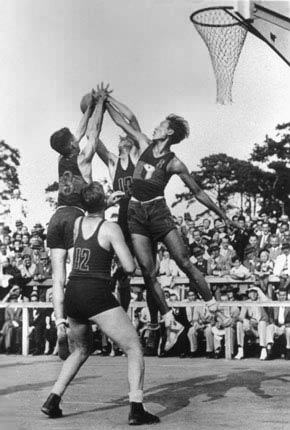
Basketball Goes To The Olympics
In 1936, the first time basketball was being played as an official Olympic sport, a basketball team from the Philippines joined that elite group of Olympic Basketball Pioneers as they competed in the Berlin Olympic Games. In fact, Mr. James Naismith himself was also at hand to give out the medals in that games. (How cool was that?)
Now, that is not the amazing part, It is in fact the results of the Philippine team participation that would amaze anybody unfamiliar with this. The Philippine team started red hot, winning two straight games. They beat Mexico and Estonia. In the third round, they met and of course was cloberred and lost to the United States.
The Philippines then went on to beat Italy and Uruguay to finish with a respectable 4-1 win-loss record. So even with having only lost once, well and just because they met the US Team early, they wound up in 5th place. (In fact the Bronze medalist was one of the countries the Philippine team has beat in the first round).
And in case you are wondering, that fifth place finish is still the best ever finish by an Asian team in the Olympic Games for Men’s Basketball. And if you think about it, that would probably still stand for quite some time. Now, as in everything related to sports and the Filipinos, there were controversial rulings that happened and the Philippines got the bad end of and that is why they would up in fifth place.
I dare say, if they would have been a European or Western nation, they would have probably won the Silver or at least the Bronze Medal. But again, this has happened so long ago, and again what else is new?
1954 Rio de Janeiro FIBA Mythical Five Team Member
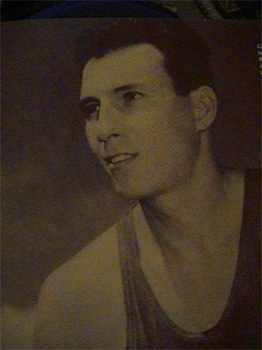
Now in the 1950s, the Philippine Men’s Basketball Team really started to dominate their entire region and won three consecutive Asian Games Gold Medals, two of them back-to-back.
And from then on in they have been considered among the best basketball teams in the world. In 1954 the Philippines competed in the 1954 FIBA World Championships held in Rio de Janeiro, Brazil. And the result was even more amazing.
The Philippines finished with another respectable 5-2 win-loss record in that was good enough for them to capture the Bronze medal. And again if you are wondering, that third place finish is still the best finish by any Asian Team in World Basketball Tournaments. And again, could still be hard to beat by any Asian team for many years to come.
The Philippine team’s Carlos “Caloy” Loyzaga was named member of the FIBA World Mythical Five Team. Wow, right?
Loyzaga also finished as that world tournament’s third leading scorer averaging over 16 points a game.
And since the Philippines first participated in the 1936 Olympic Games, the Men’s Basketball Team of the Philippines had consistently participated in all the Olympic Games basketball tournaments since. Well, until the 1972 Games at least. And they along with China, have the most number of participations in the Olympic games of any Asian nation, with seven.
Now back in the 1960s, the first FIBA Asia Championship was won by the Philippines with Carlos Badion as the games’ MVP. In 1962, the Philippines won its fourth consecutive Asian Games gold medal and also retained the FIBA Asia Championship in 1963.
And then World Politics came into play as the Philippines, was supposed to host the third FIBA World Championship. But the games were suspended by then Philippine President Diosdado Macapagal. This was because the Philippines refused to issue visa to players from Communist Bloc Countries (notably Yugoslavia and the Soviet Union). Yes, this was remnants of the Cold War.
And thus for some reason, mostly because of the retirement of the Philippine teams’ best players and other countries stepping up, the Philippine team’s dominance waned off even as they continued to compete in both Asian and World Competitions, the Olympics included.
And so what are they to do? You guessed it, they ventured into Professional Basketball and this started in the 1970s.
Now since the 1940s, there was already an amateur league in the county and this was the old MICAA. My mom, dad, my aunts and uncles used to talk animatedly about the old MICAA games but I was just too young to remember. Now in 1975, this was all replaced by the PBA (the Philippine Basketball Association, the pro league. And in 1983 they put up the PABL or the Philippine Amateur Basketball League. In the year 2000, a second Pro League was added, the MBA or the Metropolitan Basketball Association, which was pretty much like patterned with the NBA.
In 1978, the Philippines hosted the FIBA World Championship and finished 8th. This was the first ever World Basketball Championships ever to be held in any Asian nation.
So in the 1970s up to the 80s, Filipinos got crazier and even more loco about basketball, particularly about the PBA and the best teams at that time, Crispa and Toyota.
Now, at the start of Asian Basketball Confederation Championships (or now known as the FIBA Asia Championship) which was inaugurated in Manila on 1960, the Philippines has always been the Asian favorites. This tournament has always been the qualifying games for that region for inclusion into FIBA World Championships and the Olympics Games.
On its first four tournaments, the Philippines won 3 out of 4, with the Japanese team beating them in 1965 and the Philippine team settling for second place (both teams ended the games with the same 8-1 win-loss record). Korea, Japan and the Philippines won each of the next 3 championships. Then China debuted on 1975 they dominated the games ever since.
The Philippine still won it one more time in 1985. South Korea had always been the perennial runner-ups, with the Japanese and North Korean team sneaking in. Now, lately the teams from Iran have been leading the way, with China and Lebanon in the thick of it.
During these dark times, the Philippine team was in a quandary or was in limbo because they couldn’t field in their pro players because they were ineligible to play in the FIBA. No, not until the 1990s, so to some extent they had the same problem as the US Team. And of course, there were always the perennial squabbles, in fighting, politics and the FIBA suspensions going on in the country and within and outside of their basketball program.
But as we have seen in 1985, in the 1980s, the country seemed to have gotten back into its winning ways. That year, the Northern Cement (Philippine) team captured the FIBA Asia Championship and they earned the right to play in the World Championship Round. Now that same team also captured the William Jones Cup championship, beating the US Team.
In 1986, the Philippines won its fifth FIBA Asia Championship and earned the right to play in the 1986 FIBA World Championship, this time to be held in Madrid, Spain.
But again, something happened on the way as Politics again came into play, this time around it was the Philippines' People Power Revolution of 1986. And the team was not able to compete.
Later that year, the Philippines salvaged the bronze medal in the Asian Games after a controversial semi-final loss to South Korea.
In the 1990’s, the Philippines sent an all-professional team from the PBA, much like the Dream Team of the NBA, sending them to most International competitions abroad.
And so in 1990, the first Philippines Dream Team was formed. Coached by the legendary Robert Jaworski, the team was composed of PBA superstars among them Alvin Patrimonio, Avelino “Samboy” Lim and Allan Caidic.
This Dream Team finished second capturing the silver medal behind China who won a hard fought Finals Game. The consolation prize is that both Allan Caidic and Samboy Lim were named into the Asian Games Mythical Five Team.
In 1994, the PBA All Filipino Champion, the San Miguel Beermen earned the right to represent the Philippines in the Asian Games and their team was beefed up with a handful of other PBA and amateur standouts.
This team finished fourth place after not getting the luck of the draw or of the crossover semi-finals. Allan Caidic still Asia’s most feared Filipino player (three-point threat), finished as the Games’ leading scorer, and was again named into the All-Star Mythical Five Selection.
In 1998, the PBA formed the celebrated Philippine Centennial Team which won the 21st William Jones Cup Championship and the bronze medal in the Asian Games to boot.
In 2002, the Philippines finished 4th in the Asian Games basketball tournament, losing to China, South Korea and Kazakhstan.
In 2007, the Philippine national basketball team finished third with a 5-4 record and captured the bronze medal in the 29th William Jones Cup Basketball Tournament.
In the same year the Philippine team finished ninth in the FIBA Asia Championship.
The Philippine Team finished fourth in the 2010 FIBA Asia Stanković Cup.
Now, you tell me if the Filipinos' love for Basketball is justified or not. They certainly are not the NBA but in their mind, they were the NBA in the Far East and to some extent they still are.
Philippine Mens Basketball Team Summary
Aside from the Bronze Medal (third place finish) at the World Championships and the Fifth-place Olympic finish, the Philippines has won Five FIBA Asian Mens Championships, Four Asian Games Men's Basketball Gold Medals and Two William Jones Cup Championship. And they are also consistent winners at the Southeast Asian Games and at the Southeast Asia Basketball Association. The Philippines has also participated in Five FIBA World Championships and Seven Olympic Basketball Tournaments.
2013 FIBA Asia
The Philippines Qualifies For 2014 World Cup of Basketball in Spain
The Philippines Men's Basketball Team places second in FIBA Asia World Cup, qualifies for the World Cup In Spain.
2010 NBA Asia Challenge
More than 8,000 fans were on hand at the Araneta Coliseum on Aug. 27 for the second consecutive NBA Asia Challenge, featuring Legends and current stars from the NBA, PBA and NBA D-League. Catch up with a recap, and re-live an unforgettable night with amazing photos from the game.
Gilas Pilipinas 2014
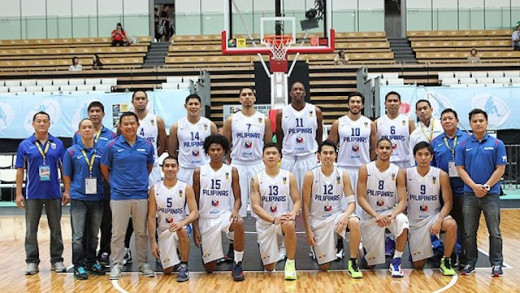
Filipinos Love For Bs Series
- Filipinos' Love For Boxing
When you talk about boxing, nobody will fault you if you talk about say Muhammad Ali, Larry Holmes or even Mike Tyson. Or if you are much older, you could probably say Rocky Marciano, Henry Armstrong or... - Filipinos' Love For Billiards
Historians say that the Spaniards brought billiards among many other things to the Philippines. You do know that they had had a 333-year reign over most of the archipelago from the early 1500s to the late... - Filipinos' Love For Bowling
The Love For Bs This is the Fifth in the Series titled Filipinos Love For Bs (see the links for each article at the end). So if you have been following this, by now you would have known that Basketball... - Filipinos Love For the Balisong (the Butterfly Knife)
This is the fourth of a continuing series of articles under the heading Filipinos Love for Bs. The idea have long lingered on my mind, ever since I first noticed back in the 1980s that most sports that... - Filipinos Love For Vices (Bisyo)
This is the Sixth in this continuing series titled Filipinos Love For Bs. Many Filipinos have told me or at least asked me (and people like me) why do we sugarcoat the Filipino or why do we not talk about... - Filipinos Love For Baboy, Balut And Bagoong
Cardiac Delights Now if you haven't the faintest idea what the terms baboy, balut or bagoong mean then after reading this, at least you would have learned something new today. Hooray! ...
